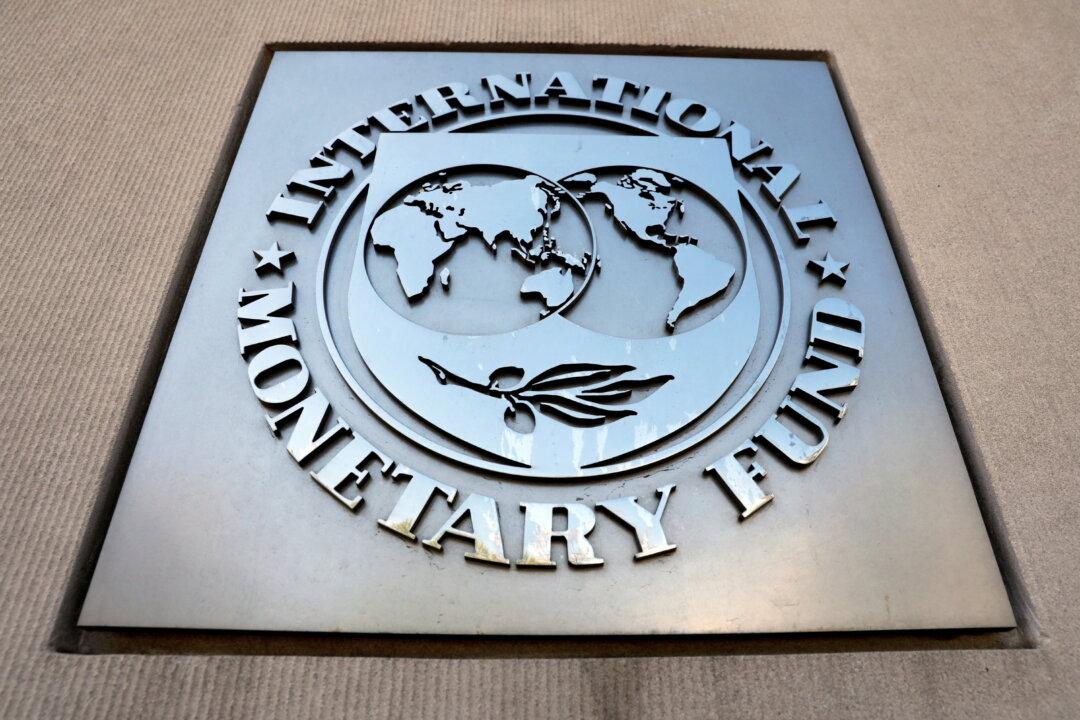Global public debt is expected to surge faster than in years prior to the coronavirus pandemic, and to continue rising over the next few years, according to a new report from the International Monetary Fund (IMF).
In the organization’s latest Fiscal Monitor report, economists stated that while international government debt receded briefly as exorbitant pandemic-era fiscal and monetary policies were wound down, that debt is beginning to increase again. IMF researchers warn that these levels will continue to rise over the next five years.





